
[Note: Ralph Morse died on Dec. 7, 2014, at his home in Florida. He was 97. No photographer in the history of LIFE magazine had a more varied, thrilling and productive career than Ralph. Long after he retired, he was unfailingly gracious whenever anyone from LIFE.com contacted him, often out of the blue, asking if he recalled this or that assignment, or if he remembered taking a specific photo 40 or 50 or 60 years before. He was a true original — one of those rare figures who seemed have been everywhere, chronicling everything and everyone, for so much of the 20th century. He was also one hell of a storyteller. Ralph Morse will be sorely missed. Fortunately for all of us, his work endures.]
A glimpse at the photographers on the masthead of pretty much any issue of LIFE magazine in the 1940s, ’50s, ’60s and even into the early ’70s is an eye-popping experience. There, in black and white, are the names of many of the greatest photojournalists to ever pick up a camera — and, without exception, these are men and women who were on staff. They were, in short, working stiffs — albeit some of the most talented, tenacious, innovative and gutsy working stiffs on the planet.
And yet, as LIFE’s longtime managing editor, George Hunt, reportedly once said: “If LIFE could afford only one photographer, it would have to be Ralph Morse.”
Such a claim, while perhaps a surprise to photography buffs who might expect another name at the end 0f that sentence — Alfred Eisenstaedt, Margaret Bourke-White, Paul Schutzer, W. Eugene Smith or any number of other legends — such a claim makes sense when one considers the totality of Morse’s work through the decades.
The New York City native was LIFE’s youngest World War II correspondent when the magazine hired him when he was just 24. He went on to make several of the defining pictures from that conflict — and some of the most unsettling. He covered Broadway and, after the war, the London stage. He covered sports: his classic shot of Jackie Robinson dancing off of third base is one of the greatest baseball photographs ever made. He covered science and technology, making innovative pictures of modern marvels like the USS Nautilus, America’s first nuclear-powered submarine, and was the first civilian to fly on one of the Strategic Air Command’s B-47 Strotojet “globetrotter” missions in the mid-1950s.
He made the first color photographs of the caves at Lascaux, and was so closely identified with LIFE’s coverage of NASA and the Space Race — and spent so much time with John Glenn and the rest of the Mercury 7 — that Glenn dubbed him the “eighth astronaut.” Morse covered the Liberation of Paris in 1944, Germany’s surrender at Reims in May 1945, Einstein’s funeral, Babe Ruth’s farewell at Yankee Stadium, the first Ali-Liston fight, the Oscars and on and on.
He was with the magazine up until its demise as a weekly in 1972, and shot for TIME for years afterward. But it was with LIFE that he made his best work — the work for which he will forever be remembered.
In John Loengard’s classic 1998 book, LIFE Photographers: What They Saw, Morse discusses the end of LIFE as a weekly — and decades after the fact, it’s clear that it still hurt.
I was down at Cocoa Beach [Florida] covering Apollo 17. We had made a very special picture of everything you need to go to the moon. We shot it and went to bed. I called the color lab the next morning and asked, “How did the color come out?”
They said, “Oh, the color is fine, but there’s no magazine to put it in.”
And that was the first I heard it. It was a very bad shock. First, because I’d been there for 30 years, and you sort of reach a point where it’s your home. The shock was much worse than whether we could find jobs, because we were all pretty well known. That didn’t bother me. I just went to work for TIME. I didn’t retire until April 1988. Then I sold every camera. I don’t own a camera. I don’t take a picture.
If I had a camera, everybody and his brother would say, “Gee would you shoot my wedding? Would you take my kid getting married?” I don’t own a camera, so I can’t do it.
During one of the last conversations this writer had with him, Morse repeated a bit of wisdom he first shared with LIFE.com years ago — an insight into the man’s approach to his craft, and (as so many men and women who worked with him through the years will attest) his seemingly boundless exuberance for meeting new people and learning new things.
“A good photojournalist goes into any situation prepared,” he said, in his inimitable, sandpaper-raspy voice. “You find out something, at least one key thing, about the topic you’re going to cover. And, as importantly, you make friends — you make friends with everybody, wherever you go. Because you never know when you’ll need to go back there, for one more picture, or to follow up on a story.”
Be prepared. Make friends. When you get down to it, that’s not only a smart way to approach one’s profession. It’s not a bad way to go through life.
Farewell, Ralph, and thank you. We won’t see your like again.


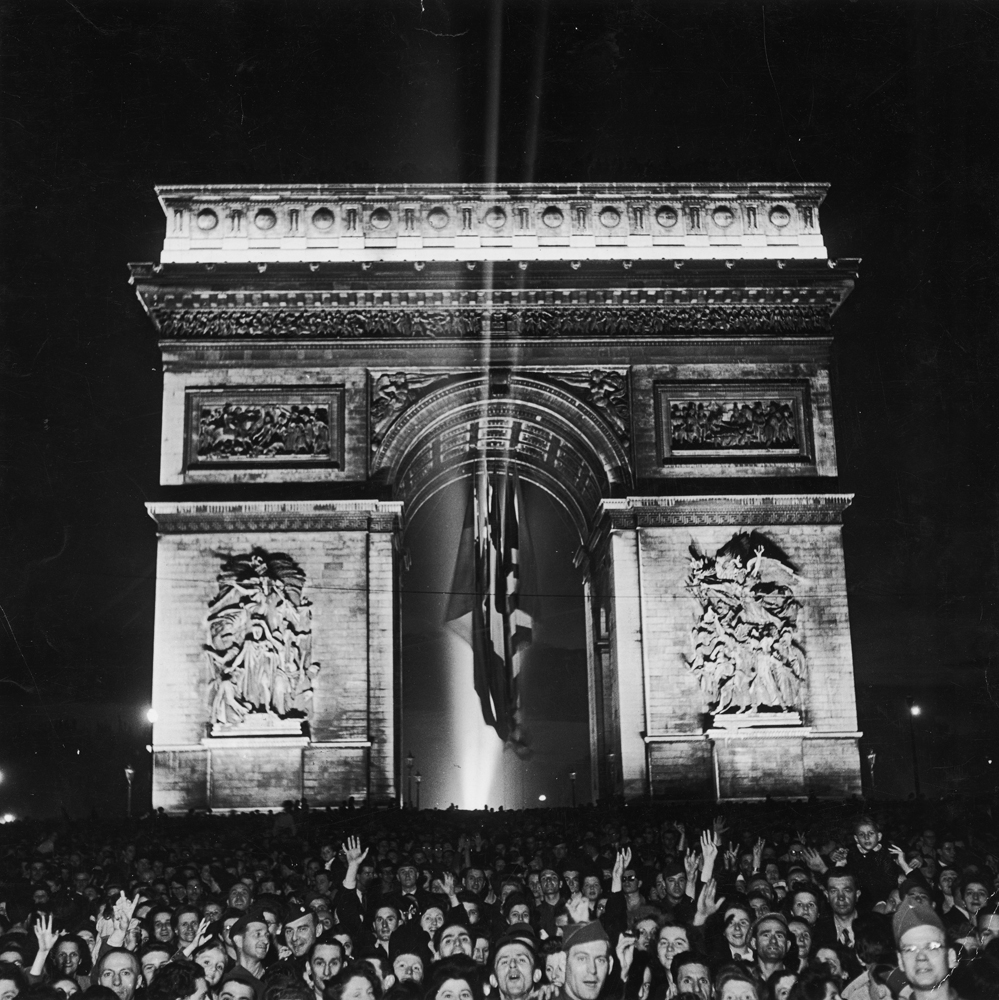
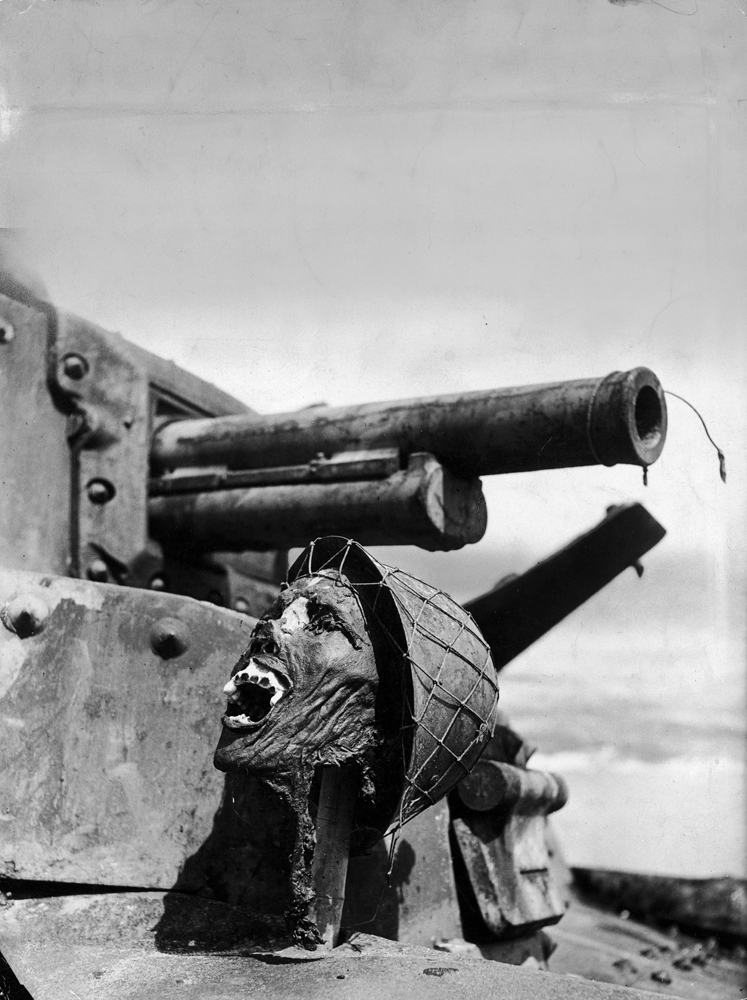








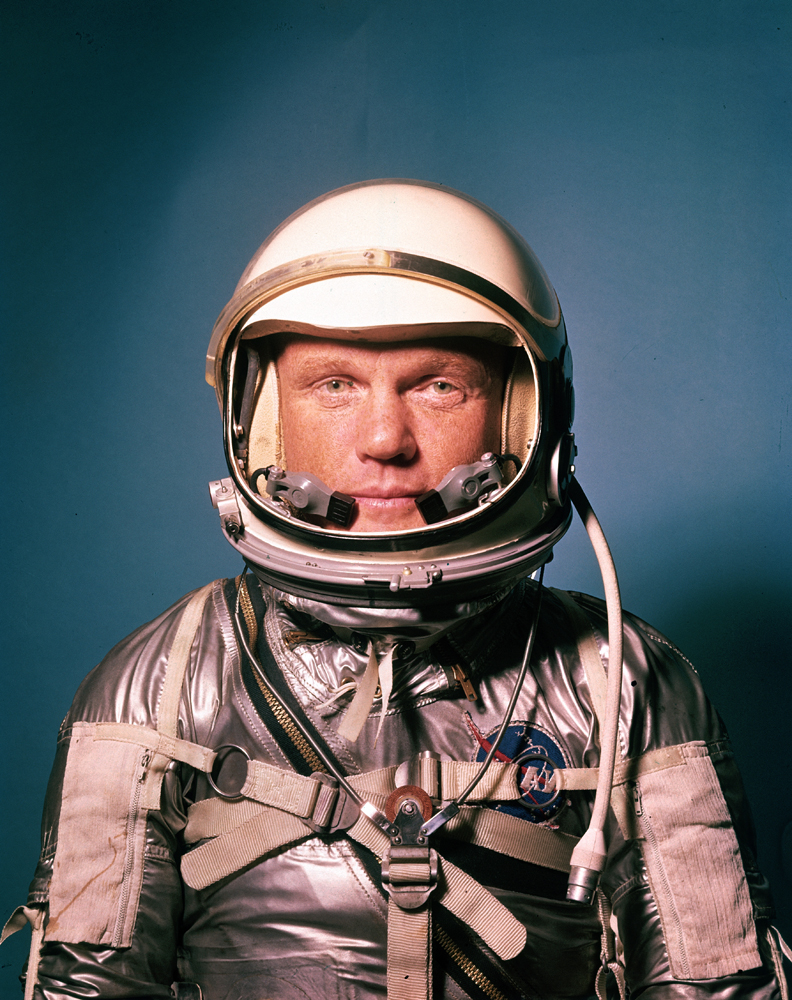
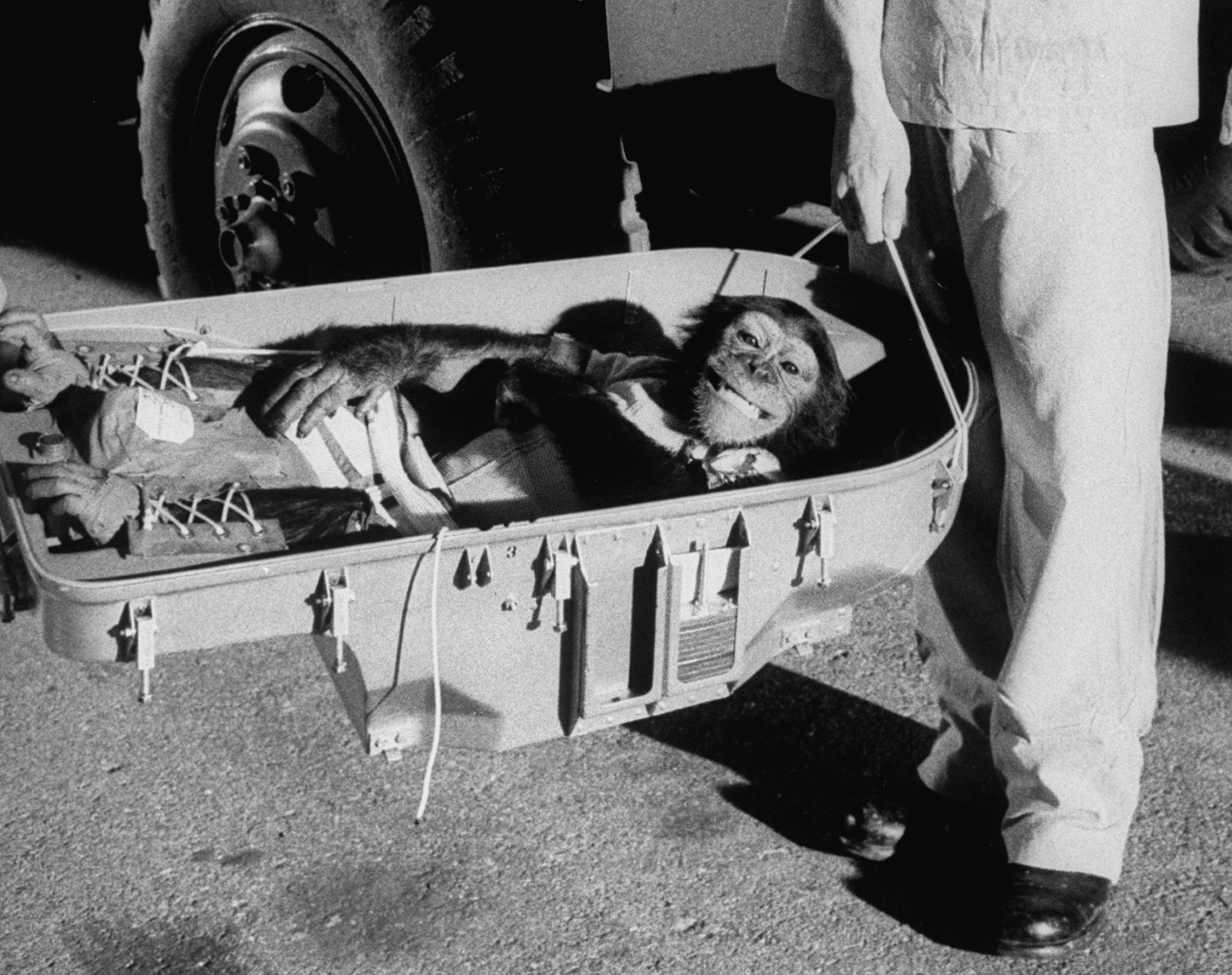

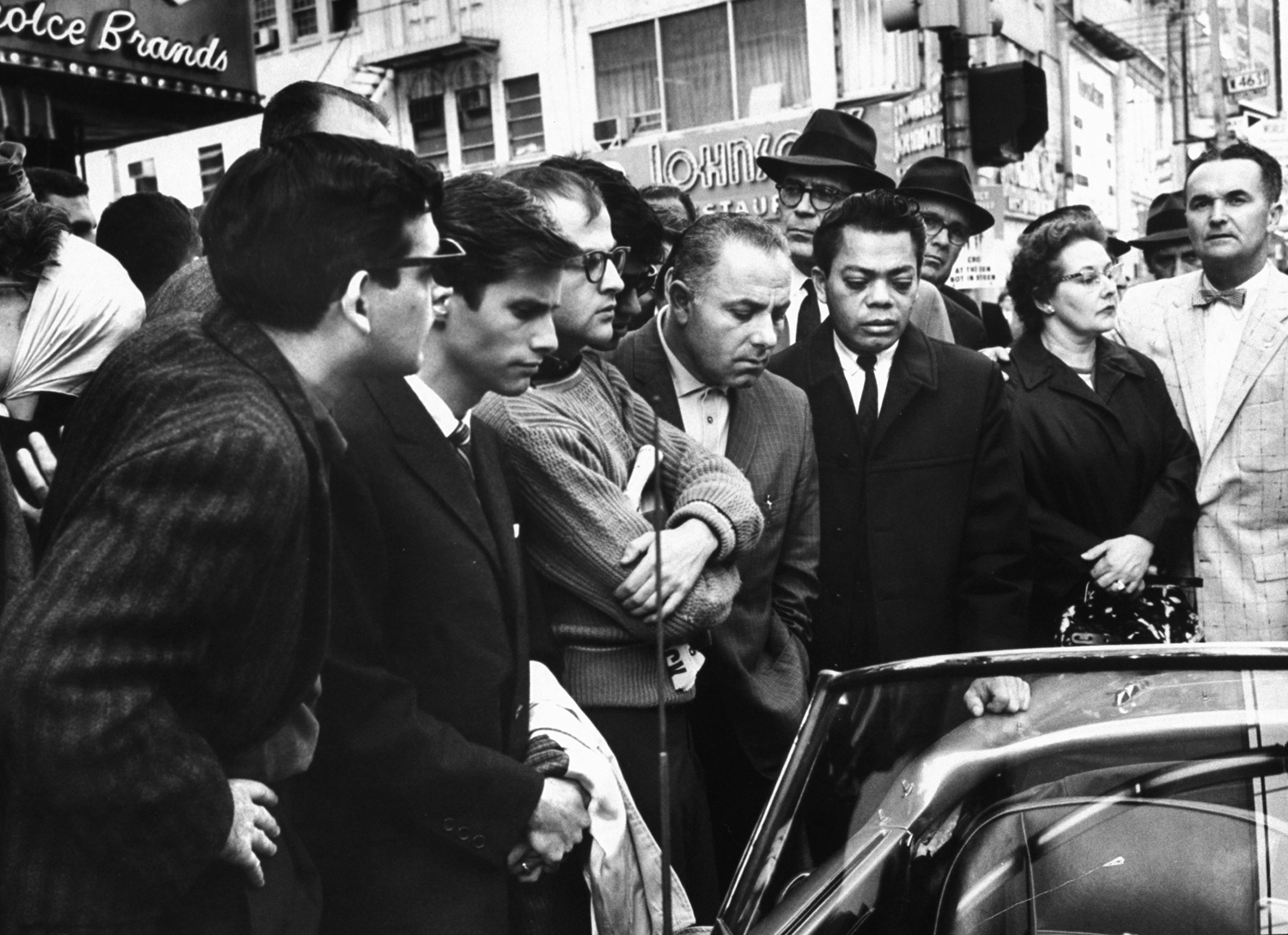
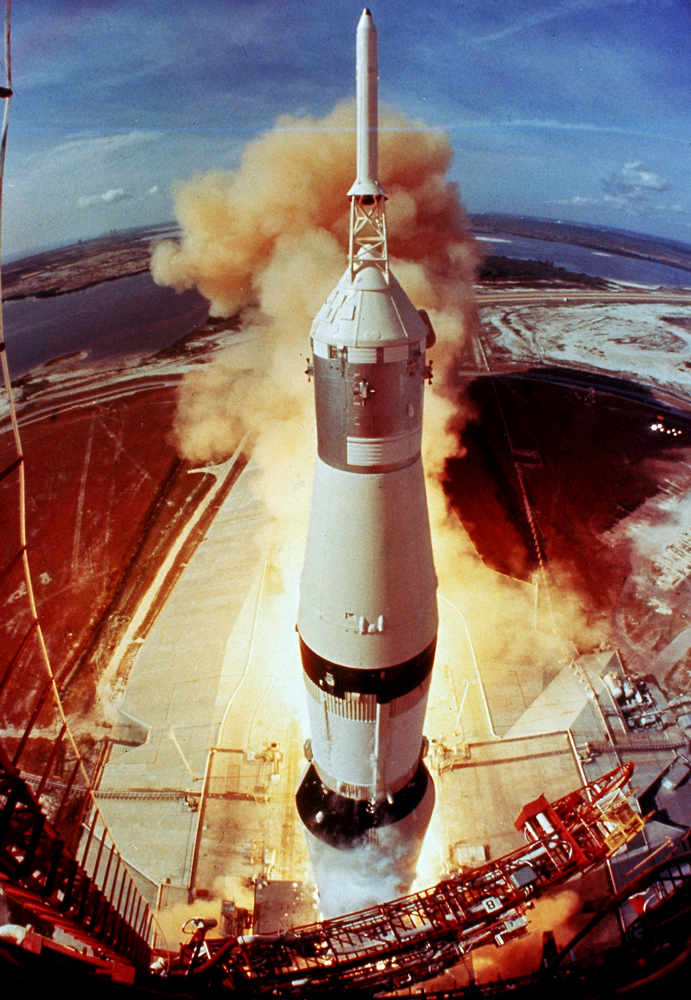
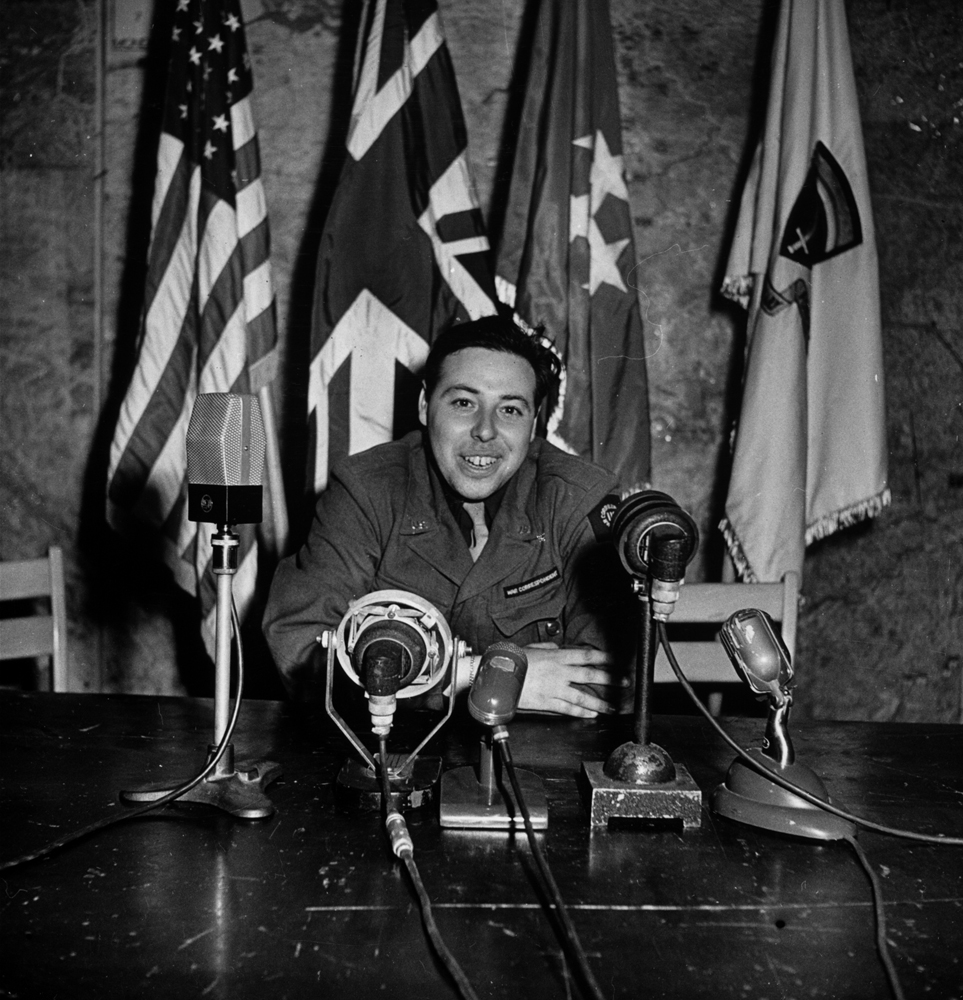
More Must-Reads from TIME
- Cybersecurity Experts Are Sounding the Alarm on DOGE
- Meet the 2025 Women of the Year
- The Harsh Truth About Disability Inclusion
- Why Do More Young Adults Have Cancer?
- Colman Domingo Leads With Radical Love
- How to Get Better at Doing Things Alone
- Michelle Zauner Stares Down the Darkness
Contact us at letters@time.com